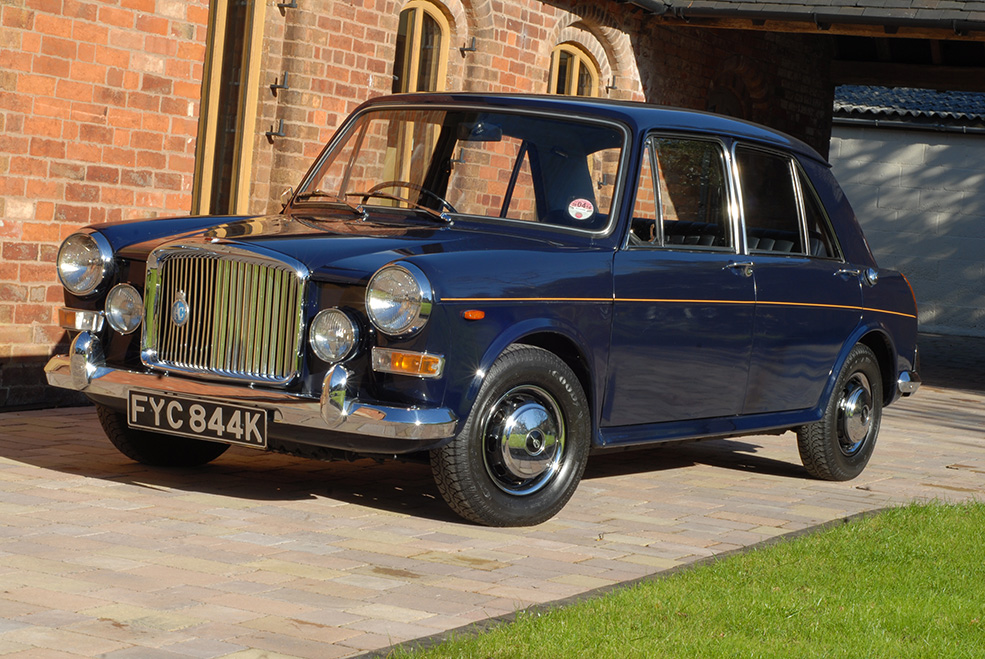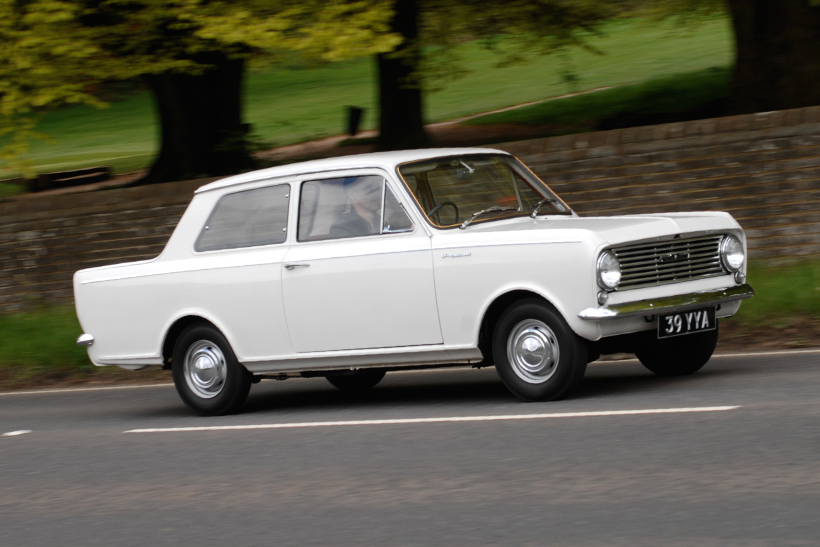The family car is an essential part of the automotive trade. The car can often be considered like the centre of the family: a way to get everyone together, go on road trips, visit places… and spend time together in a confined space for better or worse, almost as an extension of the home.
So, it’s clearly a pretty important part of any manufacturer’s game plan when it comes to designing and bringing to market what is essentially a family vehicle. Our very own Danielle Bagnall has homed in on just a handful of best-selling cars from the swinging 1960s. Next week we’ll look at the 1970s.
1960s
The 1960s was an interesting decade for both technical advancement and design. In 1966 even electric car technology got a look in, with Ford showing off a prototype of a sodium-sulphur battery which was some 15 times lighter than the average battery on the market at the time. In this decade, engineering complexity still wasn’t at the forefront of buyers’ minds when it came to family cars, with the fleet market still favouring conventional engineering and the family car market largely following suit. An exception was BMC’s front-drive cars of course, which managed to notch up best-seller status before the decade was out.

Austin/Morris 1100
The ADO16, or ‘Austin Drawing Office project 16’ small family car was launched in 1962 and this ‘big Mini’ produced by BMC was a best seller for several years running during the 1960s. Foreign manufacturers still didn’t have a chance in the UK market at this point in history, as BMC and later British Leyland remained a force to be reckoned with. Marketed under a number of model names, the Austin 1100 and Morris 1100 were the most prolific with Austin-badged ADO16s built at Longbridge while Morris variants were assembled at Cowley.
There were but a few, however, which were built overseas: by Authi in Spain, Innocenti in Italy and at the firm’s own plant in Belgium. The ’60s by and large featured a distinct lack of innovation when it came to the family car segment, but BMC was the exception with its fluid-suspended, front-drive ADO16. The model itself was designed by Alec Issigonis (designer of the Mini) and was based around the familiar package of transversely-mounted A-Series unit powering the front wheels only.
As for its popularity, in 1965 for example, the 1100 was the best-selling car by 41,042 units, selling a total of 157,679 spit between MG 1100, Austin 1100, Vanden Plas Princess, Wolseley 1100 and Riley Kestrel. To complete the family appeal, a three-door estate version followed in 1966 badged as ‘Countryman’ in Austin dealers and ‘Traveller’ in Morris showrooms.

Ford Anglia
Continuing a model name which had been used since the 1930s, the fourth Anglia variant, the 105E, was introduced at the latter part of 1959 and came in two-door saloon, two-door panel van and three-door estate guises. The new model featured American-influenced styling, along with a new backward-slanting rear window which the marketing people assured buyers would help leave the screen clear of rain.
Assembled in the UK, as well as Australia and South Africa, the Anglia 105E wasn’t just a restyling of an older model but received a new engine too, in the form of the 997cc overhead-valve, straight-four ‘Kent’ crossflow.
Also new was a four-speed manual gearbox, as well as new electrically-powered windscreen wipers – replacing the vacuum wipers of previous Anglias.
The car’s commercial success has subsequently been overshadowed by the even greater sales achieved by the Cortina. Despite being higher in the selling stakes though, the Cortina was a bit big to be purely a family car and would sit more comfortably in the company car bracket.
In September 1962, the Anglia Super arrived sporting a new 1198cc version of the Kent engine, paired with an all-synchromesh gearbox. The Super was distinguished from the outside via a sporty contrasting-colour swage line. The Anglia would be replaced by the Escort in 1967 which would go on to create its own legend.

Vauxhall Viva
Produced between 1963 and 1979, the Ellesmere Port-built Vauxhall Viva rivalled the family offerings from Morris and Ford, with three variants of the model produced between 1963 and 1979.
Powered by a 1057cc OHV four-cylinder engine, the rear-drive Viva HA launched in 1963 was closer in spirit to the Ford Anglia and was resolutely conventional compared to the likes of the ADO16.
The HA was marketed as being lightweight and easy to operate, with short gearchanges and lighter steering in a hope to attract more women to the model. By 1966 more than 306,000 sales were tallied.
In 1966, the second generation HB arrived. Sold by Vauxhall until 1970, it was available this time in a wider array of body styles now including two-door and four-door saloons and three-door estate. The third-generation HC came along in 1970 and ran until 1979. In 1973, the 1256cc models retained Viva badging, while the 1.8-litre and 2.3-litre models were rebadged as Magnum. The 1.8-litre unit meanwhile remained an option on the Viva SL automatic.
The Viva was a strong seller for Vauxhall and provided stiff competition for Ford’s all-conquering Escort. It would ultimately be replaced by the Chevette which was one of the first successful ‘world car’ projects and would see GM’s European operations increasingly combined.






